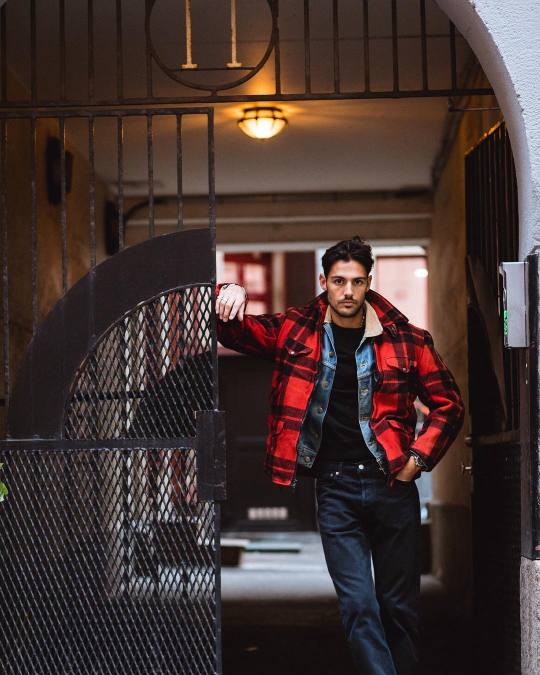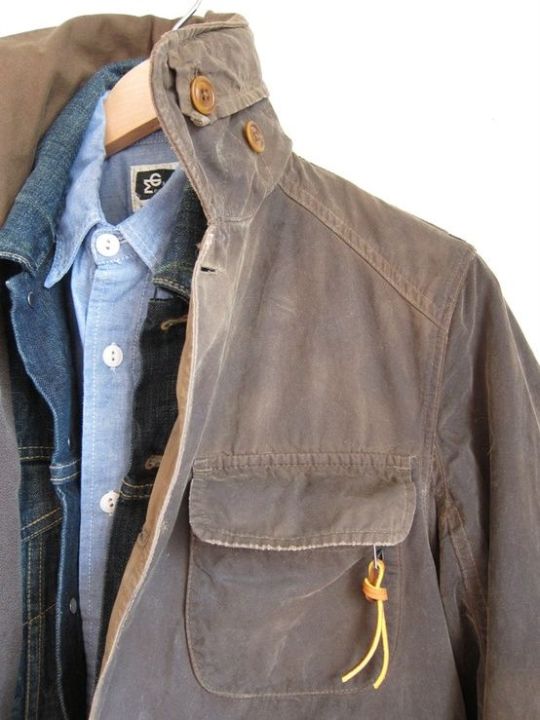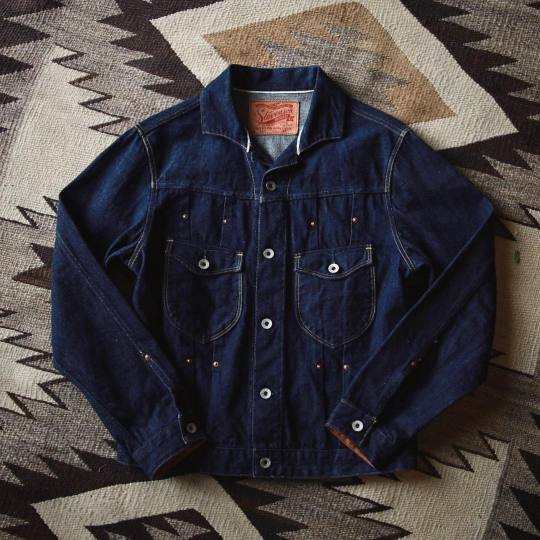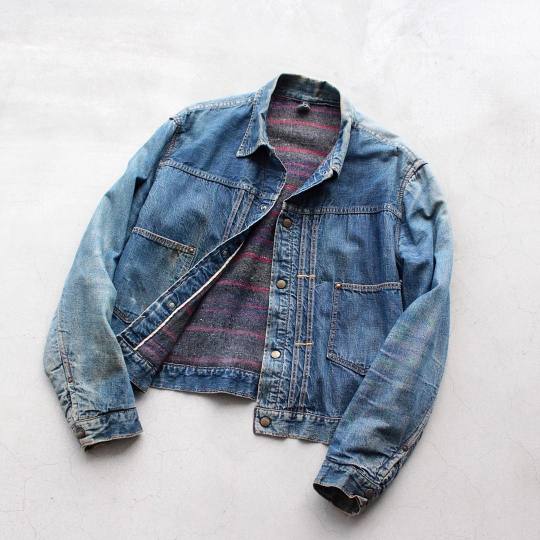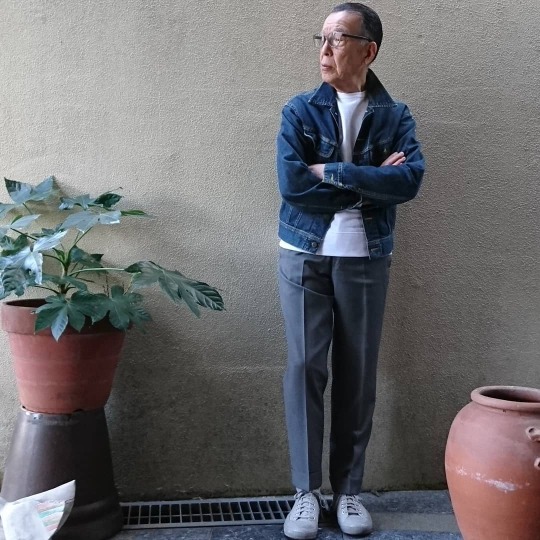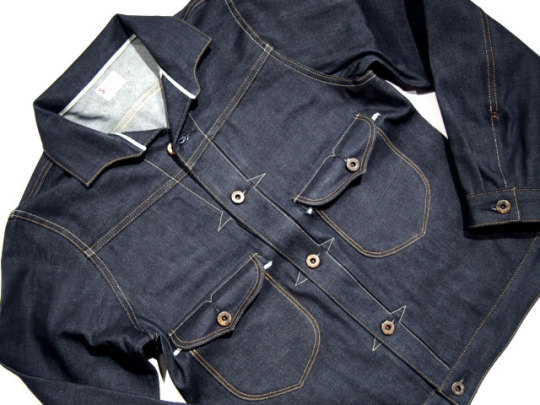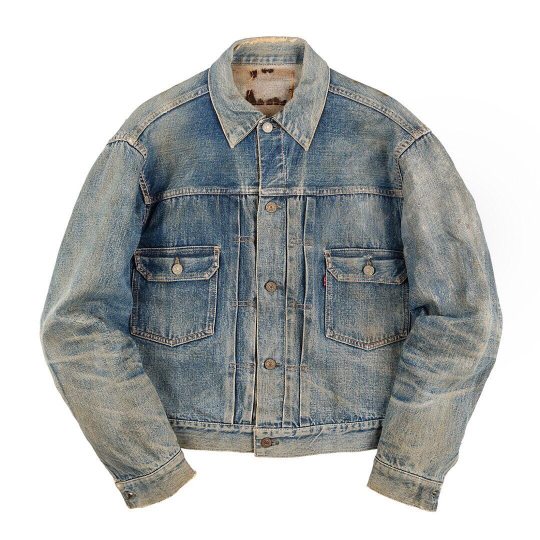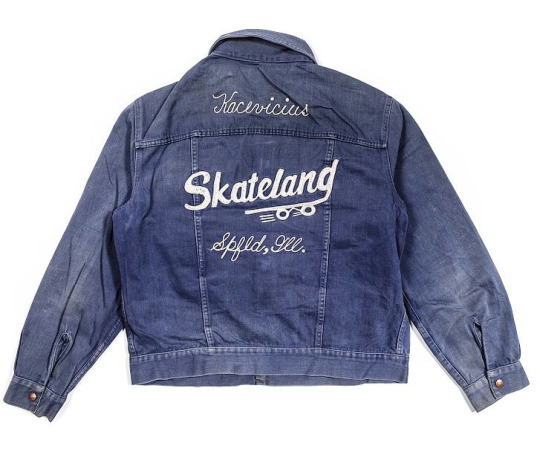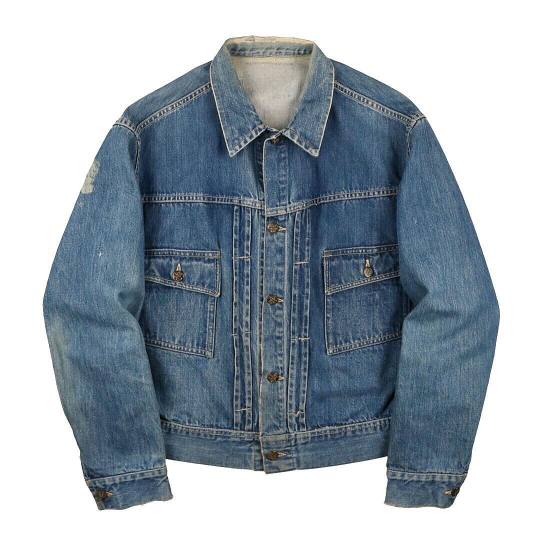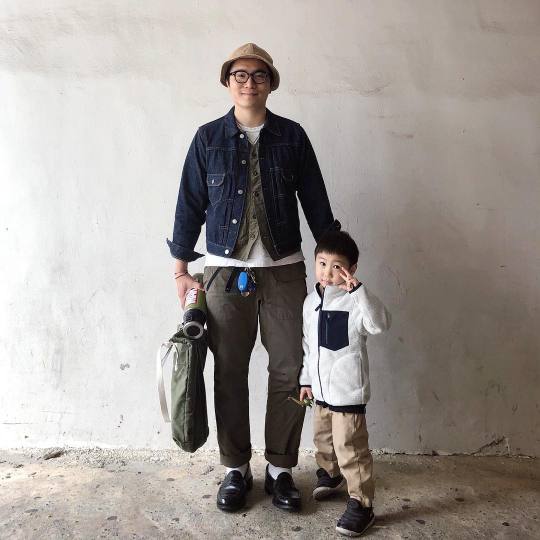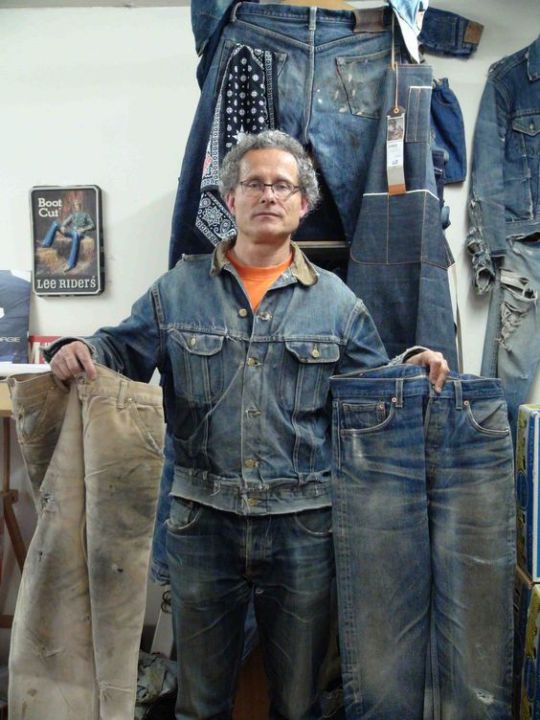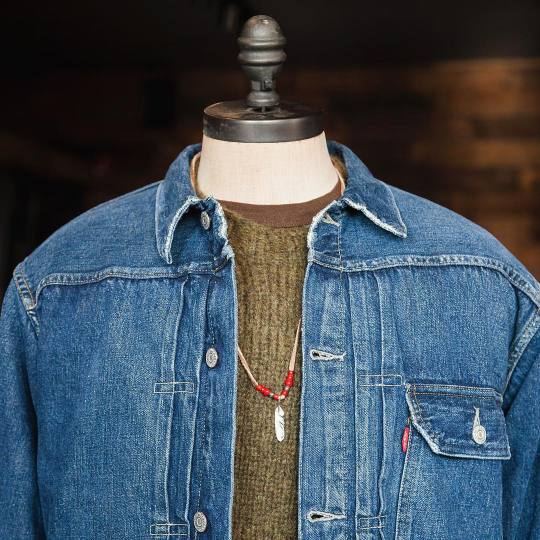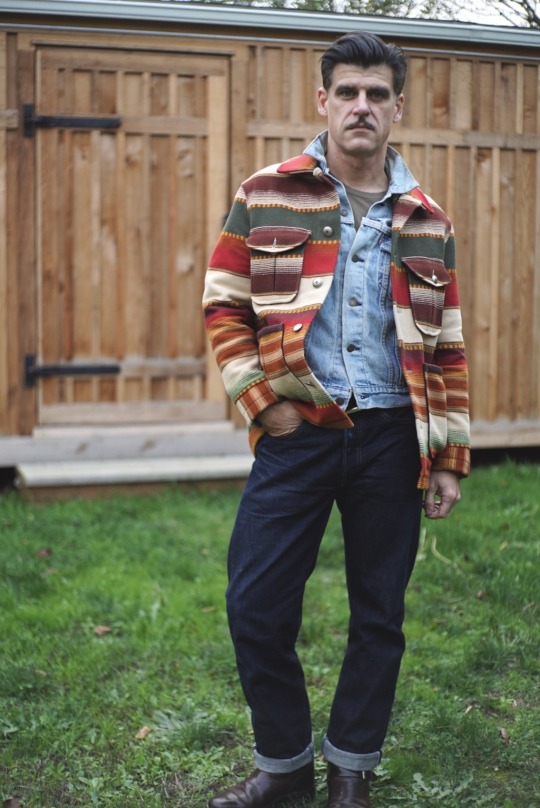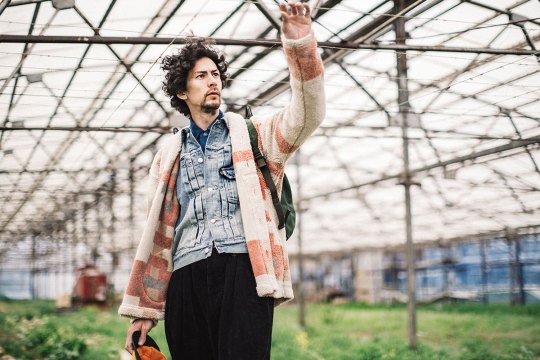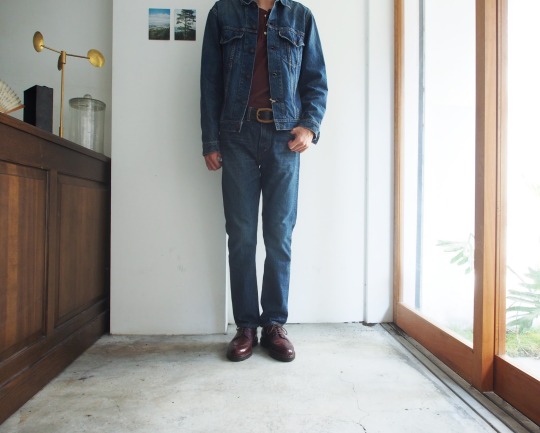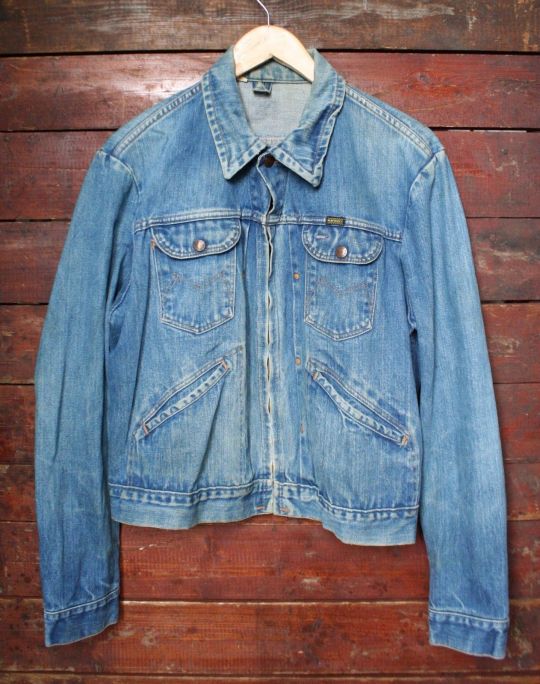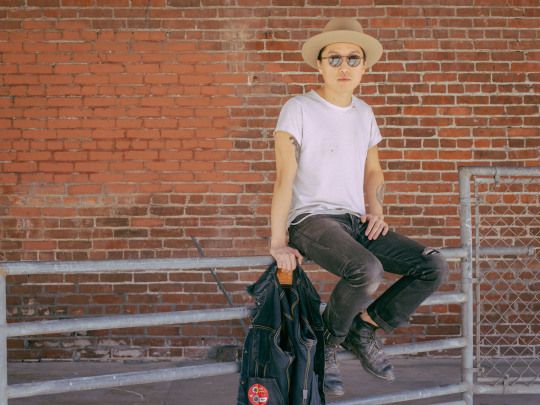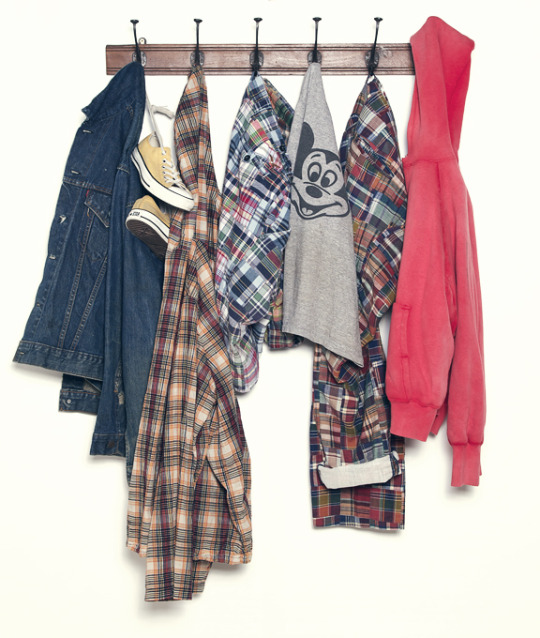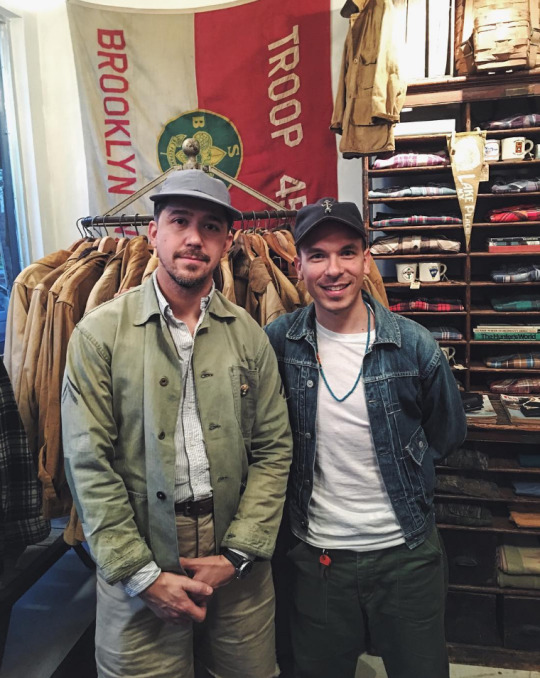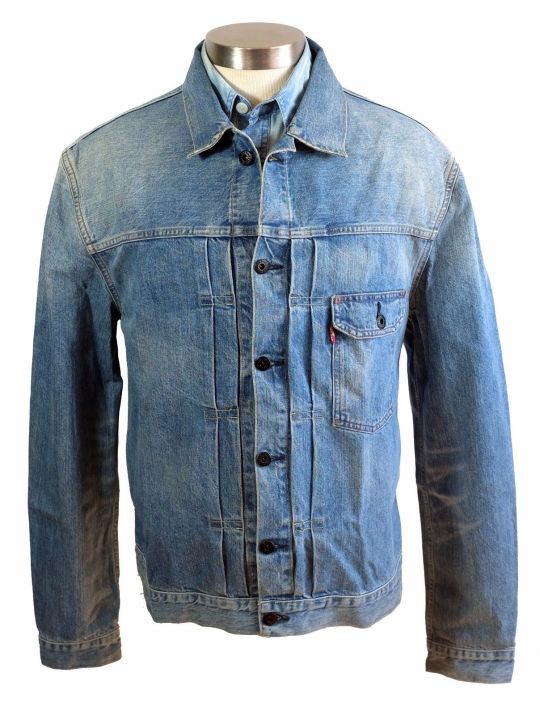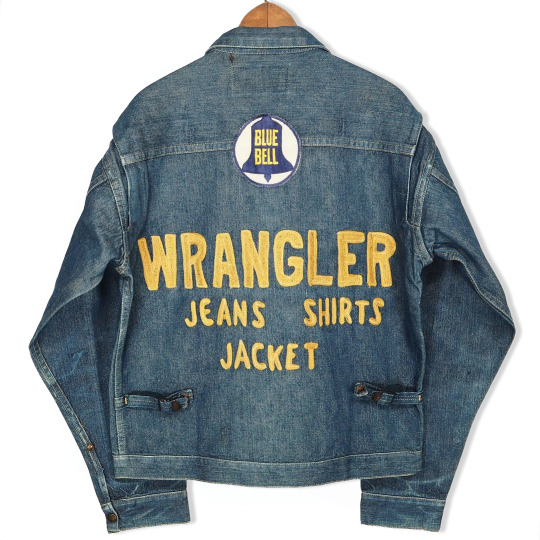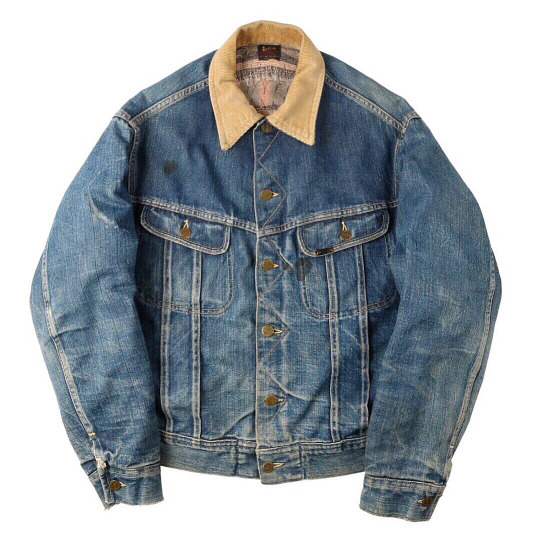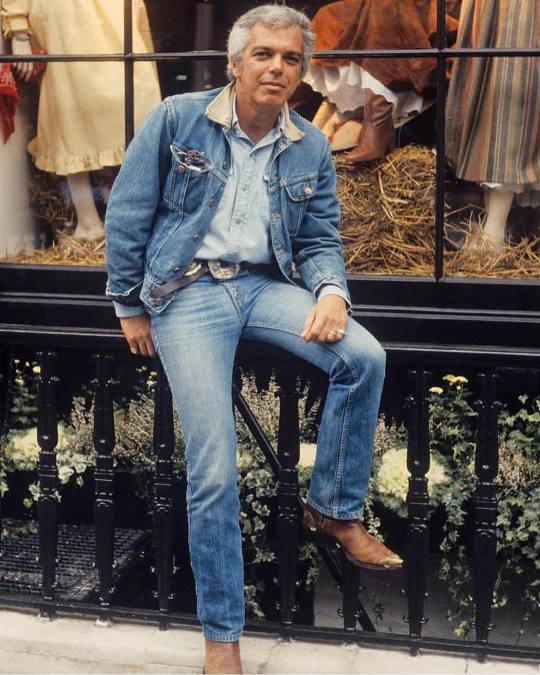
In her 1941 short story “The Standard of Living,” Dorothy Parker explores the all-too-familiar themes of escapism, materialism, and innocence. Two young “18-dollars-a-week” stenographers, Annabel and Midge, saunter down Fifth Avenue one Saturday afternoon while playing the game, “what would you do if you had a million dollars?” Through a chaste and elegant shop window, they spy a double rope, pearl necklace at one of Manhattan’s most exclusive jewelry stores. Yes, the first thing they’d do is buy this exquisite necklace, but how much do they imagine it costs? The girls assign a probable value of $1,000 — $10,000 at the most, they reason — before they summon the courage to go inside and inquire. But when the white-gloved salesman tells them it’s a quarter of a million, they stumble back onto the street. “He’s got his nerve!” Annabel exclaims.
The story goes on with Annabel and Midge dreaming of getting more money, supposing what they could purchase if the owner of that pearl necklace bequeathed them ten million dollars. What even more valuable thing they could buy that’s not so common? Of course, nothing is enough. They never imagined a stringed-up bauble could cost so much money, but upon learning its value, they start to wonder what’s around the corner.
“The Standard of Living” will sound uncomfortably familiar to anyone building a better wardrobe. The first pair of Allen Edmonds seems staggering until, at some point, you find yourself purchasing Crockett & Jones and looking around the corner at Edward Green. But plenty of things on the lower end of the price spectrum are, in fact, quite good. Parker’s story is about the elusiveness of contentment and escapism of glamour.
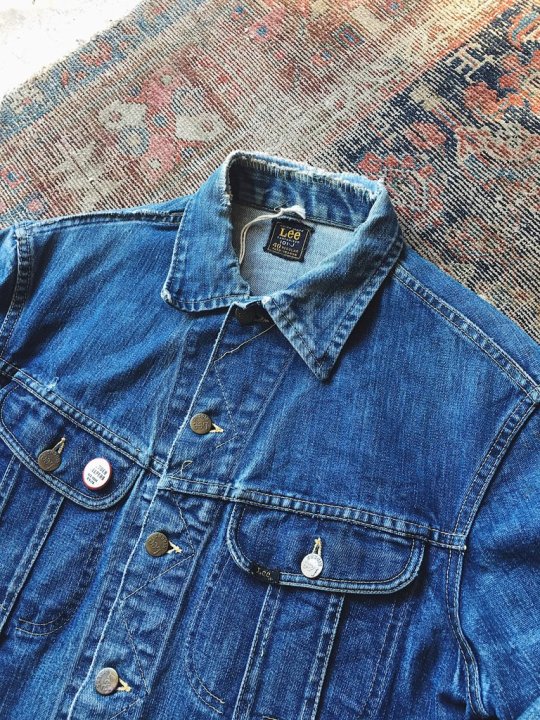

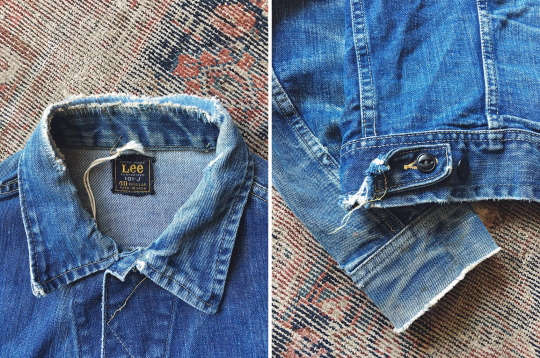
Much, if not most, of online men’s style content nowadays is about glamour, whether the idea is communicated through photos of the latest runway show or the hush-hush, wood-paneled fitting rooms on Savile Row. Glamour soothes our frustrations and allows us to mentally escape our daily grind, not unlike Annabel and Midge’s afternoon game. But as Virginia Postrel reminds us in her book The Power of Glamour, these unarticulated desires for specific objects are ultimately fleeting and not real. “Glamour allows us to imaginatively inhabit the ideal and, as a result, to believe — at least for a moment — that we can achieve it in real life,” she writes. “The young man’s picture of the good life — the glamorous vision that inspires his quest — omits important details. It leaves out years of laborious effort, showing only the result of hard work, and forgets that new circumstances bring new sources of discontent.” While glancing at that just-out-reach object, we forget that there’s a very good life to be had right here within our means.
Last month, I bought a vintage trucker jacket from Wooden Sleepers, a Brooklyn-based boutique that’s a treasure trove for Americana and workwear. The jacket cost me $150, but can be found online for as little as $50 if you want to do some digging (Wooden Sleeper’s price seemed fair to me given how they hand-repaired the collar with chambray shirting – a beautiful detail, I think). For years, I’ve avoided denim outerwear for fear of wearing a Canadian tuxedo (partly because I am, in fact, Canadian). The term refers to a denim-on-denim look stereotypical of “unsophisticates” living in the Canadian prairies, but I’ve only ever seen it on two American pop stars, Britney Spears and Justin Timberlake. And except for my friend Pete’s write-up at Put This On, I’ve also never found any coverage of the style convincing. Denim trucker jackets are all too often worn in ways that look affected, whether layered underneath slim topcoats or combined with dress shirts and ties.
Having worn the jacket for a few weeks, however, I’m been impressed at how easily a trucker can fit into a wardrobe. To be sure, there’s nothing glamorous about it. It’s not particularly expensive, luxurious, or exquisitely made. The style is so commonplace that, when you first step outside in it, you suddenly realize how many people are wearing the same thing. And yet, denim truckers are practical, hardwearing, and exude a particular brand of American toughness not unlike leather jackets (only infinitely more affordable). They’re the “Free & Easy” of outwear, not just because they reflect that famous Japanese magazine’s style, but also because they’re practically free and easy to wear.
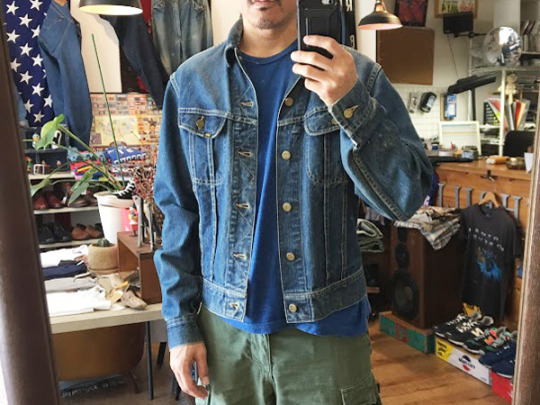

Let’s start with some basics. To my eye, there are three main types of denim trucker jackets. The first category includes Levi’s famous Type I and II styles, which the OG denim company introduced in the early- and mid-20th century, respectively. They’re distinguished by their stitched down pleats, which can be released if you need more room, as well as unique details such as a lowered chest pocket or buckle back to cinch the fit. Like Pete, I find these have more of an old world, prospector feel, which makes them suitable for guys who like slim-straight jeans and engineer boots.
The second category is for the more common Type III, which Levi’s initially introduced in the 1960s as their model 557XX. This is the style most people imagine when they hear the term trucker jacket. It’s distinguished by its trim-tapered fit, pointed flap pockets, and V-shaped stitching running from the pockets to hem. This style is visually accessible, mainly because it works within a familiar framework of how clothes should fit and has been around cities for decades. Indeed, while the Type I and II were initially targeted at ranch hands — much like Levi’s definitive sawtooth denim shirt of 1938 — the market for Dude Ranch clothing was drying up by the time the Type III was introduced in the ‘60s. Instead, city dwellers — including riders of metal steeds and long-distance haulage drivers — started wearing the style for its association with cowboy life. That’s how a piece of ranchwear became known as the trucker jacket.
I find the Type I and II work well with repro-styled workwear, whereas the Type III has a rebel look associated with Easy Rider counterculture. If the first feels too old-school to you, and the second is too clean or conventional, then there’s my favorite: Lee’s 101J. Introduced in 1933 and as a companion Lee’s 101 jeans, the 101J is defined by its zigzag stitching, straight seams running from the pockets to the hemline, and angled pockets that give the chest some breadth, not unlike the effect of peak lapels. I like the style for its wider, cropped fit. It has a V-shaped figure and off-the-shoulder seams that give it a more relaxed, carefree look. It’s grittier than the clean-cut, trim-tapered Type III, but remains modern and easy to style.

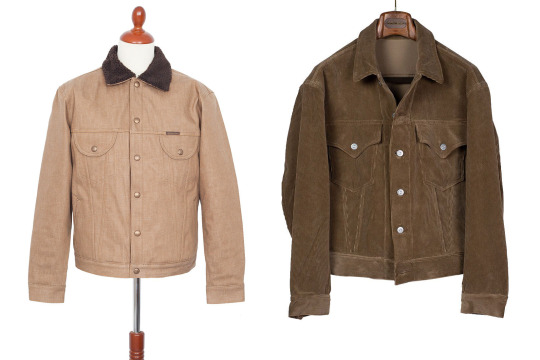
There are plenty of high-end trucker jackets. Nearly every good denim brand will offer their version, including Studio D’Artisan, Freenote, 3sixteen, Iron Heart, Pure Blue Japan, and Sugar Cane. Repro labels such as The Real McCoys and Levi’s Vintage Clothing also make excellent truckers. At the same time, the best thing about this style is its accessibility. “Unless you’re shopping at the very high-end of the market, buying brands such as The Real McCoys or RRL, you can get a vintage piece that’s cheaper and cooler than more mainstream items,” says Brian of Wooden Sleepers. “Even a Levi’s trucker jacket from the 1980s is going to look better than a mainline Levi’s jacket in the same style, but new.”
On eBay and Etsy, you can score a vintage trucker jacket for as little as $50. I prefer vintage to pre-washed, and in some cases even raw, because you get much better-looking fade patterns. Look for natural wear, repairs, and even fraying, but double check measurements, as some of these may have shrunk from a hot wash and spin in the dryer. If you want something modern and cleaner looking, today’s standard issue Lee jackets are just $69 (nice). These days, $50 will barely even get you a pair of Japanese socks on Mr. Porter – maybe you can get a pinky swipe of this $625 diamond-infused anti-aging cream, a not-too-distant toss of this $1,200 boomerang, or a single drip from this $1,225 brutalist pour-over coffee stand. A $50 vintage trucker is just as cool as a $300 waxed Barbour or $400 Engineered Garments Bedford.
As for how to wear a trucker jacket, the style works naturally with anything that can be described as Americana or workwear. If you’re worried about the Canadian tuxedo look, a little color contrast will go a long way. A dark, raw denim trucker can be teamed with a pair of well worn, naturally faded jeans. You can also get a jacket in tan denim or brown cord, such as these from Indigofera, Kaptain Sunshine, or more affordably Levis’s. Alternatively, you can switch up the color of your pants. Truckers of almost any stripe can be worn with blue jean alternatives, such as olive fatigues, tan chinos, or black denim. Any of these will work well with Americana staples, including marled grey sweatshirts, plaid flannel shirts, white tees, rugged boots, and classic sneakers.
When it comes to trucker jackets, there’s only one rule: you have to put them on using Martin Sheen’s acrobatic flip trick in Badlands. Once you’ve correctly slipped into the jacket, you have to hike up your pants from the sides, squint your eyes, and spit somewhere. Then say, “well, it’s time to hit the dusty road.”
